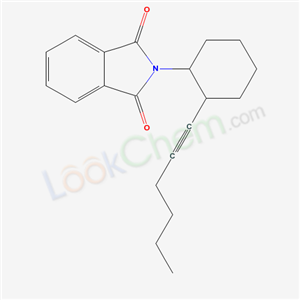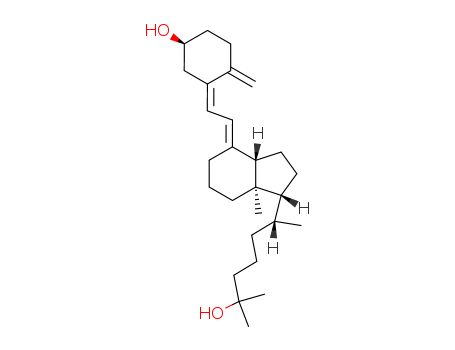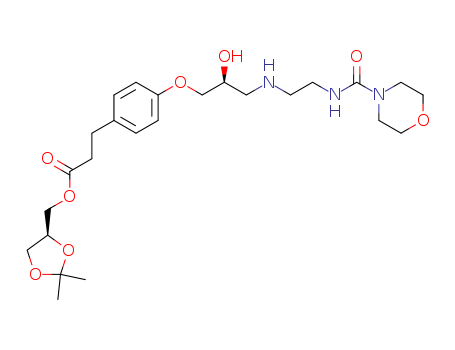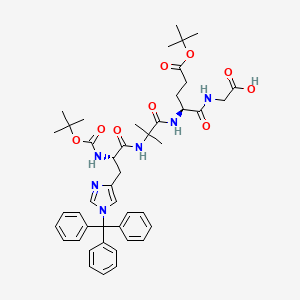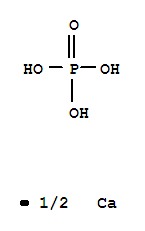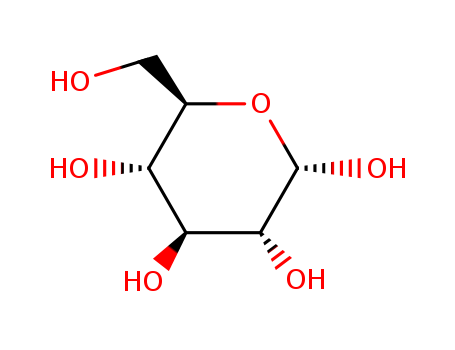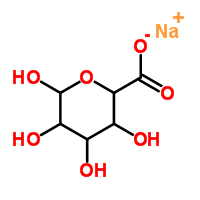
9005-38-3
- Product Name:Sodium alginate
- Molecular Formula:(C6H7O6Na)n
- Purity:99%
- Molecular Weight:198.11
Product Details
Buy Quality Sodium alginate 9005-38-3 of High Purity at a Reasonable Price
- Molecular Formula:(C6H7O6Na)n
- Molecular Weight:198.11
- Appearance/Colour:white to light yellow granules or powder
- Vapor Pressure:6.95E-12mmHg at 25°C
- Melting Point:> 300 C
- Boiling Point:495.2 °C at 760 mmHg
- Flash Point:211.1 °C
- PSA:130.28000
- Density:g/cm3
- LogP:-4.46380
Sodium alginate(Cas 9005-38-3) Usage
|
Description |
Sodium alginate is the sodium form of alginate. Alginate is a linear, anionic polysaccharide consisting of two form of 1, 4-linked hexuronic acid residues, β-d-mannuronopyranosyl (M) and α-l- guluronopyranosyl (G) residues. It can be arranged in the form of blocks of repeating M residues (MM blocks), blocks of repeating G residues (GG blocks), and blocks of mixed M and G residues (MG blocks). Commercially available alginate currently originates from algae. Alginate has wide applications. For example, one of its most important role is being used as wound dressing materials for the treatment of acute or chronic wounds. The use of alginate crosslinking to make hydrogels for cell encapsulation is also quite valuable. The emergence of various kinds of its derivatives recently has further extended its application. |
|
Uses |
Sodium alginate can be used as a flavorless gum. It is used by the foods industry to increase viscosity and as an emulsifier. It is also used in indigestion tablets and the preparation of dental impressions. Sodium alginate (NaAlg) and its modified forms have been widely used as membranes in pervaporation (PV) separation of aqueous‐organic solutions because of the hydrophilic nature and versatility to modify/tune their structures to achieve the desired separation. Sodium alginate is a polymer which can be extracted from brown seaweed and kelps. It is one of the structural polymers that help to build the cell walls of these plants. It has some unusual properties and a wide variety of uses. The polymer can be represented like this: When sodium alginate is put into a solution of calcium ions, the calcium ions replace the sodium ions in the polymer. Each calcium ion can attach to two of the polymer strands. This is called cross-linking. |
InChI:InChI=1/C6H10O7.Na/c7-1-2(8)4(5(10)11)13-6(12)3(1)9;/h1-4,6-9,12H,(H,10,11);/q;+1/p-1/t1-,2-,3-,4-,6+;/m0./s1

